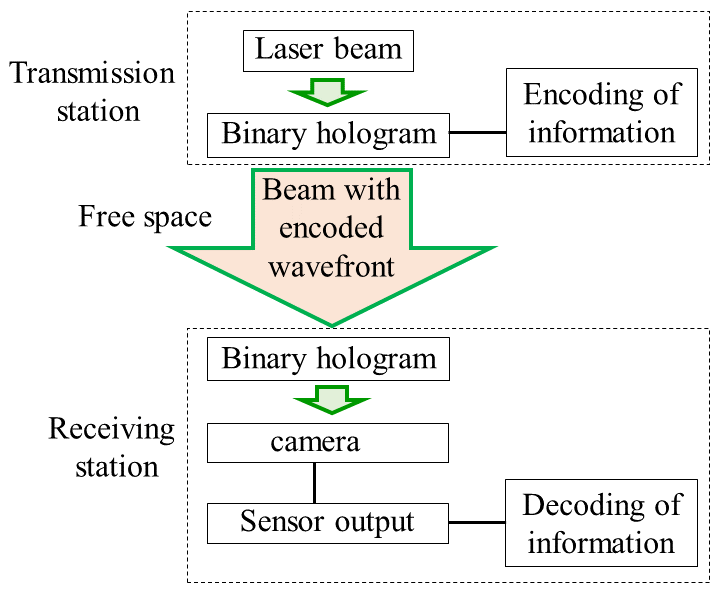|
Free space optical communication (FSOC), as the name suggests is a communication link established through free space with the help of optical signals.
Thus, FSOC systems use a laser beam to carry the user information from a transmitting station to a receiving station through free space.
Communication links can be established between satellites, satellites and airborne, underwater, ground-based and water surface based platforms and between platforms within the atmosphere.
The high frequency of optical signals over the radio frequency (RF) signals enables the transfer of information in an optical communication system at a high data rate. Further low divergence of the optical signal allows the use of smaller antenna at the receiving end, compared to that of the RF signals that require larger antenna due to its higher divergence.
This, reduces the power consumption and cost while setting up an optical communication link. The real challenge in establishing an FSOC link through the atmosphere is the effect of the atmospheric turbulence, which may lead to loss of information carried by the optical signal.
Wavefront sensors are employed at the receiving station to compensate such effect. Moreover, the introduction of the optical signal carrying optical angular momentum states as the encoded information further upgraded the FSOC system.
|

Figure 2: Block diagram of a holographic wavefront sensor based free space optical communication system.
|